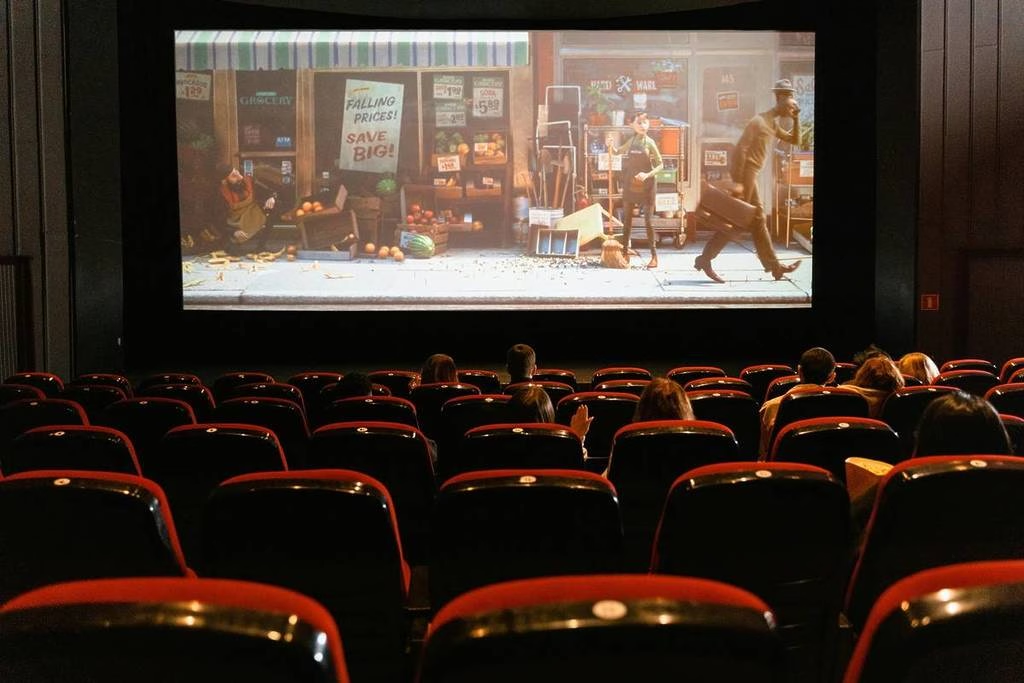Film genres are like the building blocks of cinema, providing a framework for understanding and categorizing films based on shared characteristics, themes, and conventions. While genres can be fluid and overlap, they offer valuable insights into the expectations, conventions, and artistic choices that shape the cinematic experience.
Key Genres in Film:
- Action: Characterized by fast-paced sequences, physical stunts, and often involving heroic protagonists battling against villains or dangerous situations.
- Examples: The Matrix, Mad Max: Fury Road, Mission: Impossible
- Comedy: Aim to evoke laughter through humor, wit, and often satirical commentary on society.
- Examples: The Hangover, Bridesmaids, Parasite
- Drama: Explore complex human emotions, relationships, and social issues.
- Examples: The Shawshank Redemption, The Godfather, Moonlight
- Horror: Aim to frighten and unsettle audiences, often by tapping into primal fears and exploring the dark side of human nature.
- Examples: The Exorcist, The Shining, Get Out
- Science Fiction: Explore futuristic concepts, often involving advanced technology, space travel, and alternate realities.
- Examples: 2001: A Space Odyssey, Blade Runner, Arrival
- Fantasy: Transport audiences to magical worlds filled with mythical creatures, supernatural powers, and extraordinary adventures.
- Examples: The Lord of the Rings, Harry Potter, Spirited Away
- Romance: Explore the complexities of love and relationships, often focusing on the emotional journeys of characters as they navigate love, heartbreak, and finding their soulmate.
- Examples: Titanic, The Notebook, Call Me By Your Name
- Thriller: Build suspense and tension, often involving mysteries, conspiracies, and dangerous situations.
- Examples: Psycho, The Silence of the Lambs, Rear Window
- Western: Set in the American Old West and often feature cowboys, outlaws, and epic showdowns.
- Examples: The Good, the Bad and the Ugly, Unforgiven, Django Unchained
The Importance of Genre:
- Audience Expectations: Genres help audiences anticipate certain conventions and themes, allowing them to choose films that align with their interests.
- Creative Framework: For filmmakers, genres provide a familiar structure to build upon, allowing them to tap into established conventions while also introducing innovative twists and subversions.
- Cultural Significance: Genres reflect and shape cultural values, beliefs, and anxieties.
The Evolution of Genres:
Genres are not static entities; they constantly evolve and adapt to changing cultural and social contexts. New subgenres emerge, while existing ones evolve and incorporate new elements. This ongoing evolution keeps the world of cinema dynamic and exciting, ensuring that there is always something new and fresh to discover.
Conclusion:
Understanding film genres is essential for both filmmakers and audiences. By exploring the diverse landscape of film genres, we can gain a deeper appreciation for the art of cinema and its profound impact on our culture.
Disclaimer: This is a general overview of film genres. Many films defy easy categorization and often blend elements of multiple genres, creating unique and hybrid experiences.




